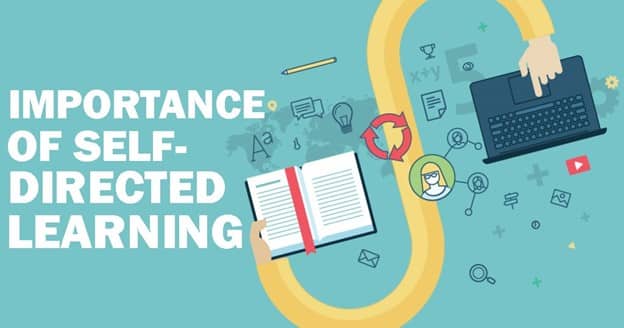|
Getting your Trinity Audio player ready...
|
Adapting autonomously can be testing, in any event, for the most splendid and most roused understudies. As a methods for better understanding the cycles associated with this method of study, this Teaching Tip diagrams key parts of four key stages to autonomous learning, known as self-coordinated picking up: being prepared to master, defining learning objectives, participating in the learning interaction, and assessing learning.
Stage 1: Assess status to learn:
Understudies need different abilities and mentalities towards acquiring for effective free investigation. This progression includes understudies leading a self-assessment of their present circumstance, study propensities, family circumstance, and encouraging group of people both at school and at home and furthermore includes assessing past encounters with autonomous learning. For a point by point Learning Skills Assessment Tool, read our Readiness to Learn Teaching Tip. Indications of availability for self-coordinated learning incorporate being self-sufficient, coordinated, self-trained, ready to impart successfully, and ready to acknowledge helpful criticism and take part in self-assessment and self-reflection.
Stage 2: Set learning objectives:
Correspondence of learning objectives between an understudy and the prompting teacher is basic. We’ve built up a bunch of inquiries for understudies to consider as they map out their learning objectives: our Unit Planning Decision Guide). Likewise basic in building up a reasonable comprehension of learning objectives among understudies and teachers are learning contracts. Learning contracts for the most part include:
Objectives for the unit of study:
- Construction and arrangement of exercises
- Course of events for finishing of exercises
- Insights concerning asset materials for every objective
- Insights concerning evaluating methods
- Input and assessment as every objective is finished
- Meeting plan with the prompting teacher
- Arrangement of unit approaches, like a strategy on late tasks
Once made, agreements ought to be surveyed by the exhorting employee and inquiries concerning plausibility ought to be raised (e.g., What could turn out badly? Is there something over the top or too little work? Is the timetable and assessment sensible?).
Stage 3: Engage in the learning cycle:
Understudies need to comprehend themselves as students to comprehend their requirements as self-guided learning understudies — alluding understudies to our asset on learning inclinations might be useful. Understudies ought to likewise think about addressing the accompanying inquiries:
What are my requirements re: instructional strategies?
Who was my number one instructor? Why?
How did they respond that was unique in relation to different educators? Understudies ought to think about these inquiries all through their program and substitute “educator” with “prompting teacher”.
Understudies likewise need to comprehend their way to deal with examining:
A profound way to deal with contemplating includes change and is ideal for self-coordinated learning. This methodology is tied in with understanding thoughts for yourself, applying information to new circumstances and utilizing novel guides to clarify an idea, and learning more than is needed for unit fruition.
A surface methodology includes multiplication: adapting to unit necessities, realizing just what is needed to finish a unit on favorable terms, and having a tendency to disgorge models and clarifications utilized in readings.
An essential methodology includes association: accomplishing the most elevated potential evaluations, realizing what is needed to finish tests, remembering realities, and investing energy rehearsing from past tests.
Prior scholastic work may have empowered a surface or key way to deal with contemplating. These methodologies won’t be adequate (or even suitable) for fruitful autonomous investigation. Free examination requires a profound way to deal with contemplating, in which understudies should get thoughts and have the option to apply information to new circumstances. Understudies need to create their own associations and be their own sparks.
Stage 4: Evaluate learning:
For understudies to be fruitful in self-coordinated learning, they should have the option to participate in self-reflection and self-assessment of their learning objectives and progress in a unit of study. To help this self-assessment measure, they ought to:
consistently talk with the exhorting teacher, look for input, and take part in impression of their accomplishments, which includes inquiring:
How would I realize I’ve learned?
Am I adaptable in adjusting and applying information?
Do I believe in clarifying material?
When do I realize I’ve adequately learned? When is it time for self-reflection and when is it time for conference with the exhorting employee?

